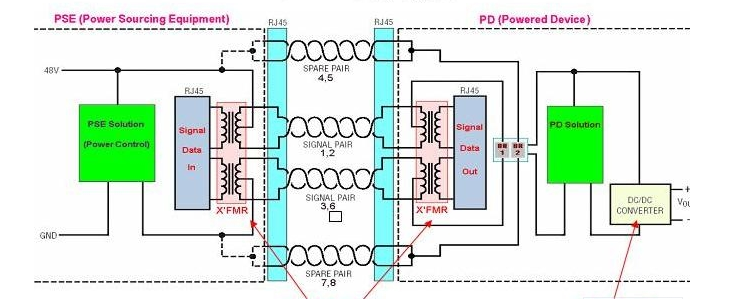Impedance transformation is an important concept in the field of electrical engineering, especially when designing and building electronic circuits. This transformation is necessary when the load impedance needs to be matched to the source impedance in order to maximize power transfer. Electronic transformers play a vital role in achieving impedance transformation. Xuange Electronics has 14 years of experience in high-frequency transformer production and is at the forefront of providing high-quality impedance transformation solutions.
Xuange Electronics is a leading manufacturer of high-frequency transformers and inductors, which are widely used in various industries such as consumer power supplies, industrial power supplies, new energy power supplies, and LED power supplies. The company is committed to producing environmentally friendly and qualified products, and all products have passed UL certification and passed ISO9001, ISO14001 and ATF16949 certification. Moreover, Xuange Electronics has a strong R&D team to provide innovative solutions for reducing temperature, eliminating noise, coupling radiation conduction, etc.
One of the key aspects of impedance transformation is the use of electronic transformers to achieve the required impedance matching. An electronic transformer is a device that can transform electrical signals from one circuit to another through electromagnetic induction. By using an electronic transformer, power can be efficiently transferred from the source to the load by ensuring that the impedance of the load matches the impedance of the source, thereby maximizing power transfer and minimizing signal loss.
In order to achieve impedance transformation using electronic transformers, it is important to understand the principles behind impedance matching. Maximum power transfer occurs when the source's output impedance matches the load's input impedance. However, in many practical scenarios, the source impedance and load impedance do not match, resulting in power loss. This is where electronic transformers come into play, as they can be used to convert the impedance of the load to match the impedance of the power source, allowing for efficient power transfer.

Xuange Electronics offers a variety of high frequency transformers designed to facilitate impedance transformation in a variety of applications. Designed to the highest industry standards, these transformers enable precise impedance matching to ensure optimal power transfer and signal integrity. Xuange Electronics focuses on innovation and quality and is committed to providing advanced impedance transformation solutions through high-performance electronic transformers.
When implementing impedance transformation, several factors need to be considered, including the signal frequency, the level of impedance matching required, and the specific requirements of the application. Xuange Electronics has the professional knowledge and experience to guide customers in selecting the electronic transformer that best suits their impedance transformation needs. Whether it is new energy applications, photovoltaics, UPS systems, robots, smart homes, security systems, medical equipment or communication equipment, Xuange Electronics has the appropriate high-frequency transformers to effectively achieve impedance transformation.
In summary, impedance transformation is an important aspect of electrical engineering, and electronic transformers play a vital role in achieving this transformation. With its rich experience in high-frequency transformer production and its high emphasis on product quality and innovation, Xuange Electronics is a trustworthy partner in providing advanced impedance transformation solutions. By leveraging Xuanger Electronics' expertise in its high-performance electronic transformers, customers can effectively achieve impedance matching and maximize power transfer in their electronic circuits and systems.

